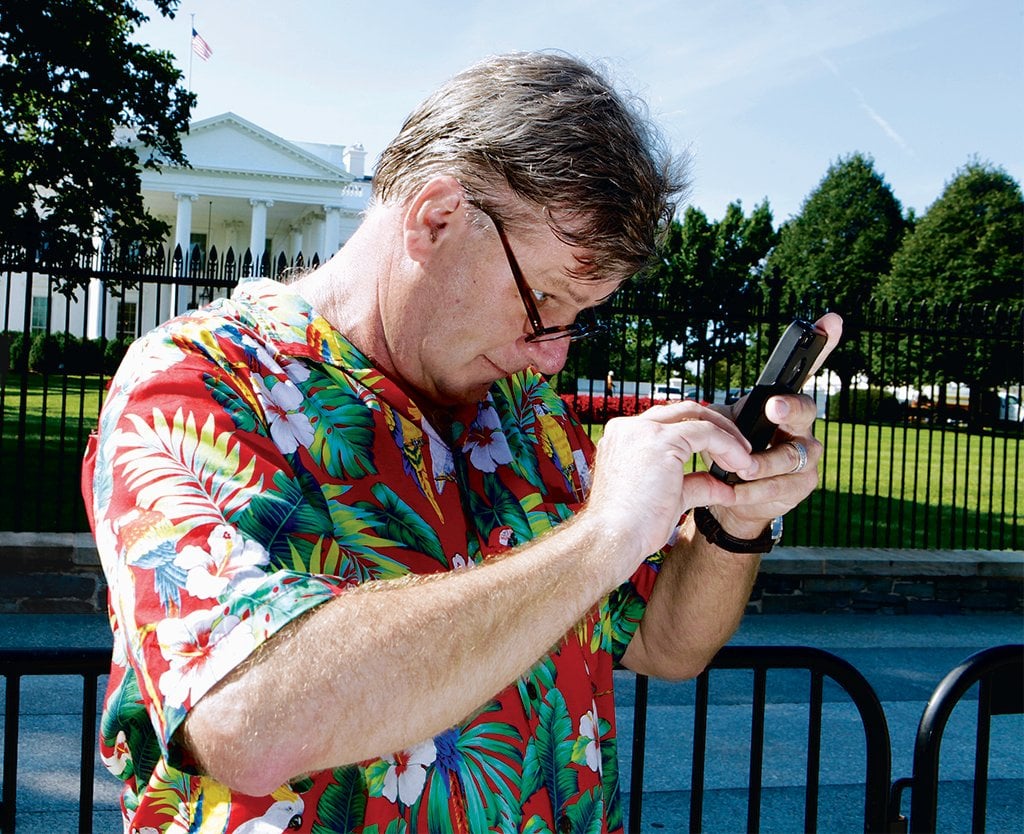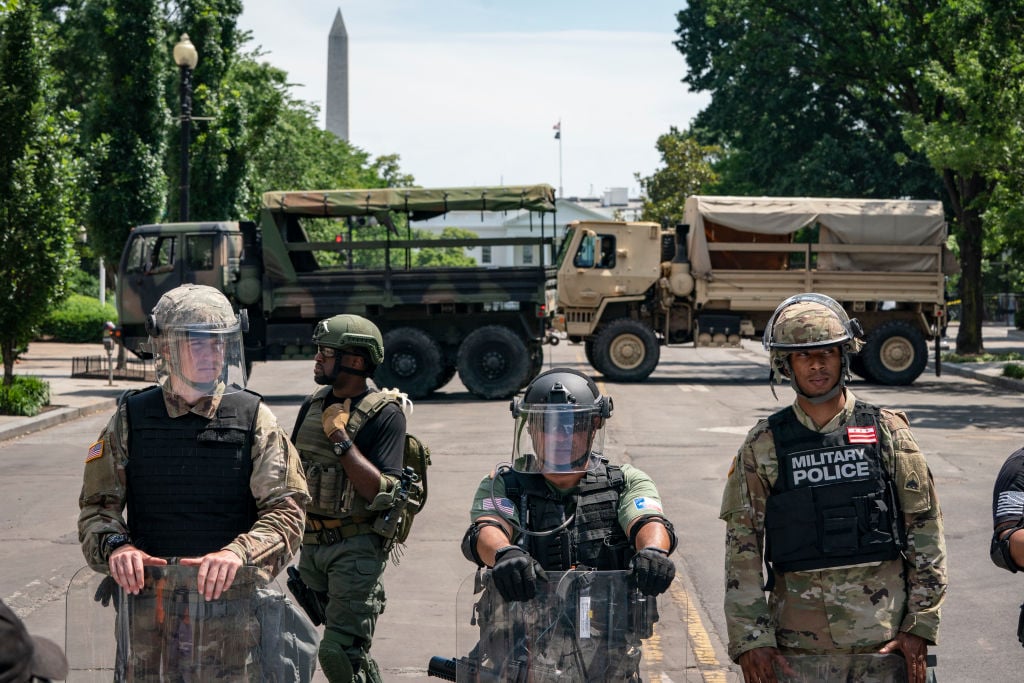As one of the Twittersphere’s more visible Trump antagonists, Claude Taylor is used to confrontation. So when he abruptly terminated a testy phone exchange not long ago, it came as a surprise. “We’re going on in circles here,” he snapped, not inaccurately.
We had been talking about Taylor’s unorthodox newsgathering tactics, which have earned him almost 200,000 Twitter followers. Using the handle @TrueFactsStated, Taylor tweets a stream of breathlessly reported anti-Trump news, which he claims comes from various inside sources. Some of his information has proved to be on the mark. In April, for instance, he told followers that grand juries had been empaneled in the FBI’s Russia investigation—nearly two full weeks before CNN reported a similar story. But he has also made outlandishly implausible claims that have been derided by conservative and liberal observers alike, such as a May “exclusive”—coauthored with fellow anti-Trump tweeter and sometime collaborator Louise Mensch—that alleged, against all procedural logic, that “a sealed indictment has been granted against Donald Trump.”
Before our phone conversation, I had spent a day hanging out with Taylor, cruising around Rock Creek Park in his vintage Ford Torino and getting a feel for his odd existence as a low-key suburban dude who’s also at the scalding center of what he sees as an information war. In person, Taylor is friendly and open, with a slouchy, shuffling demeanor that betrays his former life as a ski bum and ranch hand. Having grown up mostly in Maine, he worked on Bill Clinton’s 1992 and 1996 campaigns and did a stint as the White House’s director of volunteers. In the late ’90s, he launched a career as a travel photographer, opening a Dupont Circle gallery to hawk his work. Much of his Trump intel, he says, comes from plugged-in former customers of his shop. The gallery closed last year, and these days Taylor—who lives in the Maryland suburbs—travels the country selling photos at art fairs, where fans often approach to shake his hand and ask for selfies.
Taylor has frequently been criticized for his methods, which don’t appear to involve the sort of careful, multi-sourced reporting favored by mainstream news outlets. He doesn’t think of himself as a journalist, he says, but rather as a “bomb-thrower,” whatever that means. Many of his followers consider him a folk hero. Skeptics say he’s merely a liberal counterpart to the right-wing truth-twisters who have helped erode trust in the media.
“When all is said and done,” Taylor says, “I’ll be pretty comfortable if I hit 80 percent.” Of course, that would mean one out of every five of his reports is inaccurate.
In August, the Guardian published a story revealing that Taylor had been taken in by a crude hoax over the summer. A phony source, pretending to work in the New York attorney general’s office, had fed him a sensational false story, and Taylor had fallen for it, heavily promoting it as a scoop. The info quickly burned up left-wing Twitter, where anti-Trump wishful thinking can overshadow rational analysis. It was an embarrassing misstep that only heightened concerns about Taylor’s less-than-rigorous style of citizen journalism.
Talking on the phone just after the Guardian article broke, Taylor sounded chastened—but also a bit prickly. “It was a hoax, and I fell for it,” he said. “I have accepted responsibility and acknowledged the error. That’s the end of the story as far as I’m concerned. I need to be more careful with what comes in. At this point, anything from a new source is treated with skepticism.”
That approach makes sense, but is it really enough? Isn’t he worried that by spreading this kind of bad information, even unintentionally, he’s proving his critics right? We went back and forth like that for a bit, until Taylor apparently tired of the discussion.
“Have a nice day,” he said. Click.
This article appears in the October 2017 issue of Washingtonian.


















